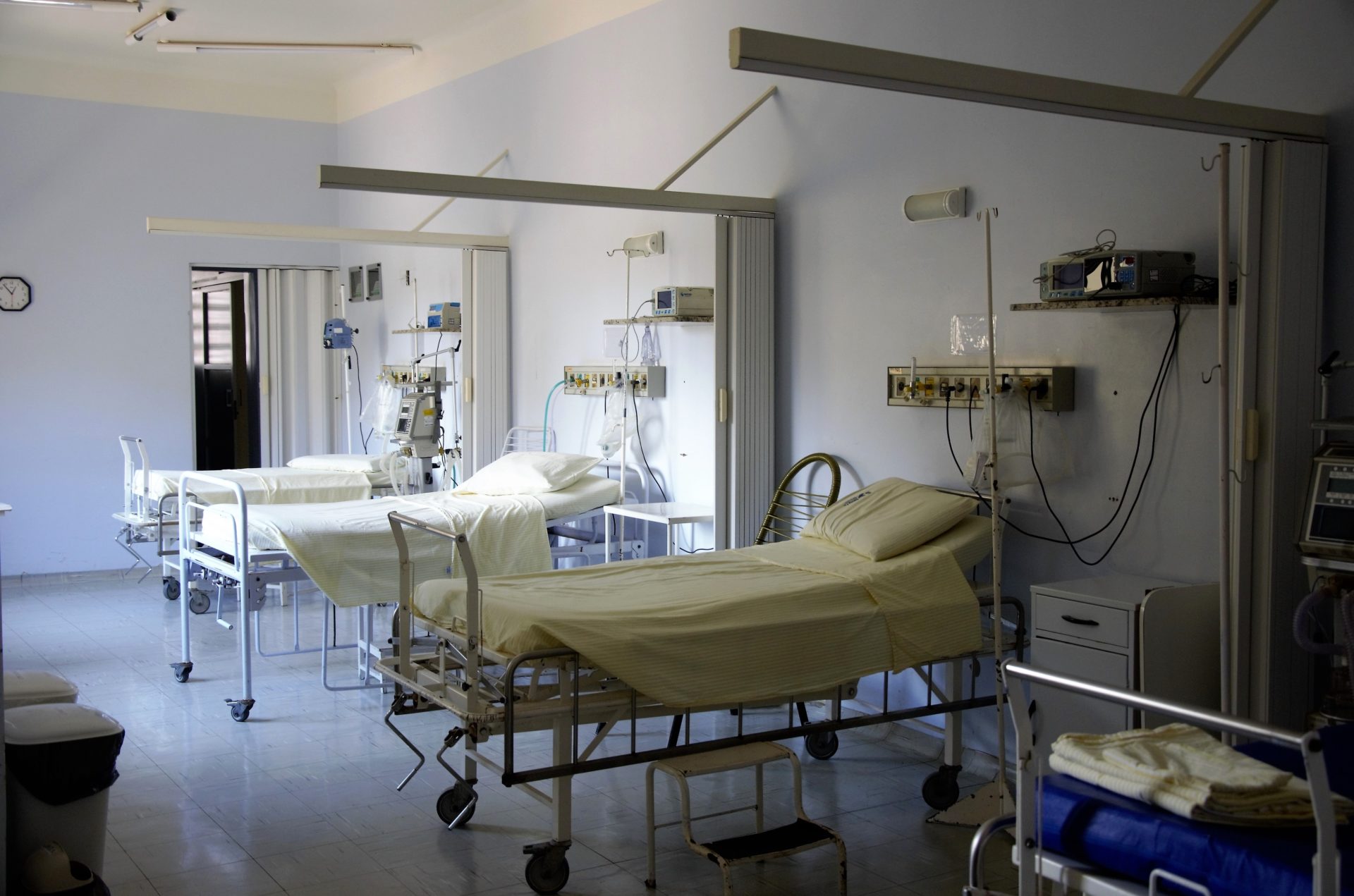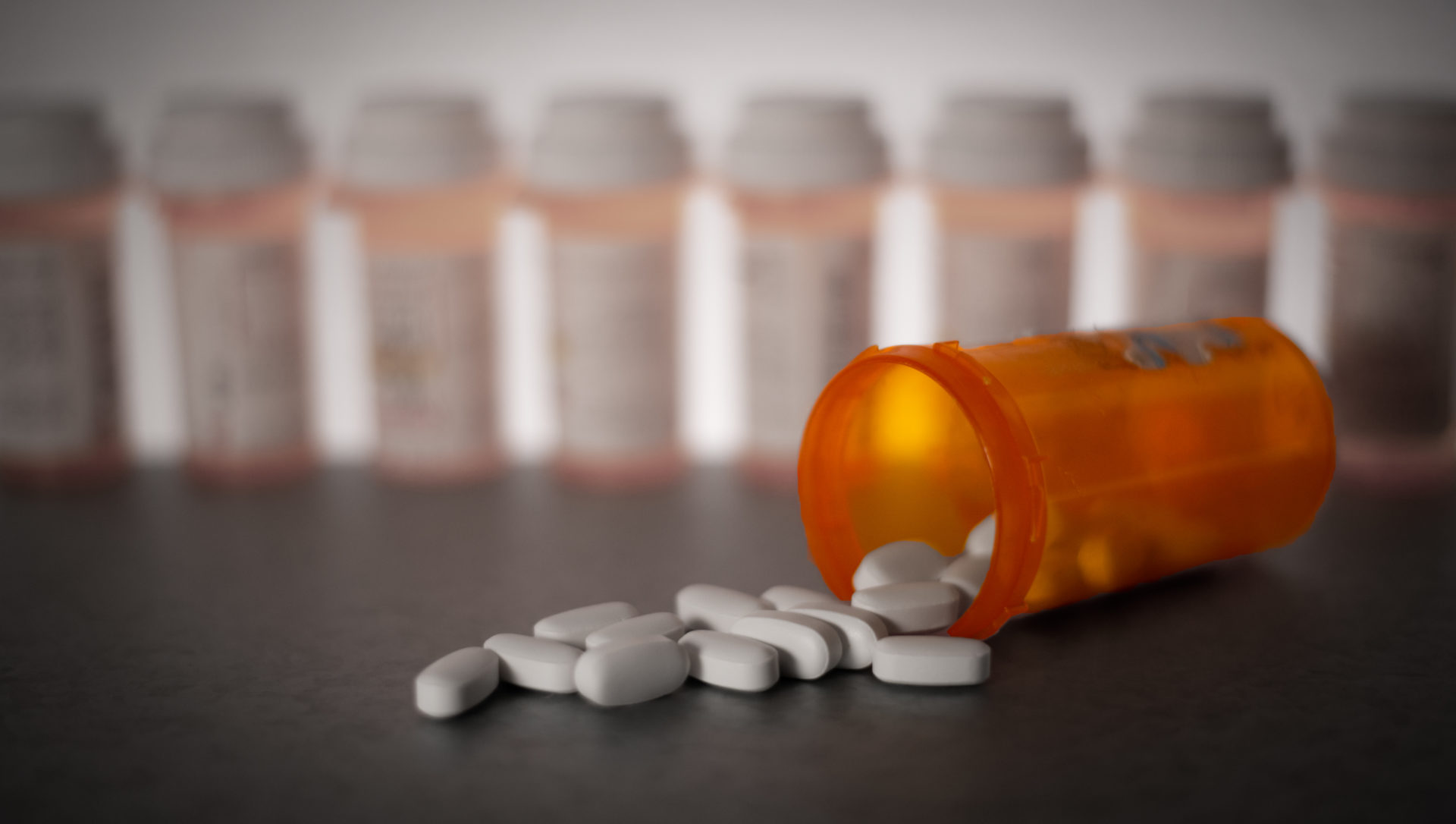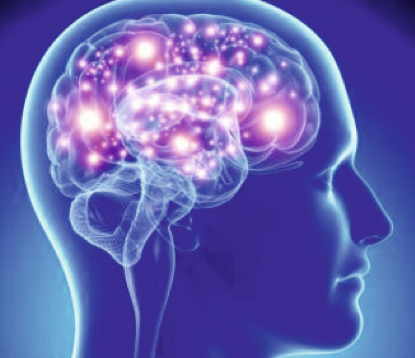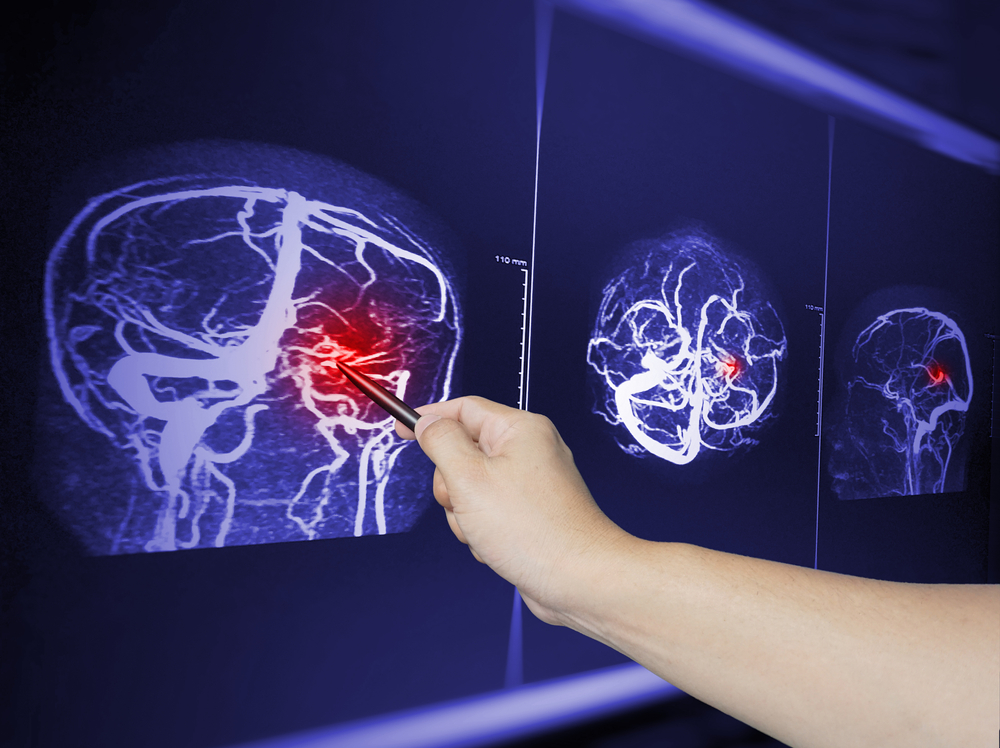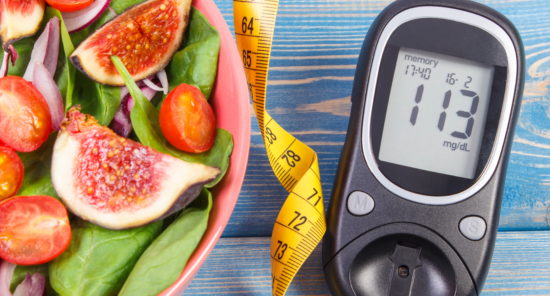A randomized, controlled, phase IIIb study, published in BMC Psychiatry, examined the safety and efficacy of aripiprazole lauroxil (AL), specifically the two-month formulation using a one-day initiation regimen, in patients hospitalized with acute exacerbation of schizophrenia. Researchers found that both AL and the active control, paliperidone palmitate (PP), improved positive, negative, and global schizophrenia symptoms.
Led by Henry A. Nasrallah, MD, and colleagues, the study’s endpoints included severity of illness, positive and negative symptoms, quality of life, caregiver burden, and satisfaction with medication. According to the authors, “these exploratory efficacy results indicate that the AL or PP regimens may both improve symptoms of schizophrenia and help address the poor functional outcomes associated with this illness.”
Adults presenting with acute exacerbation of schizophrenia were randomized to either AL 1,064 mg every eight weeks or PP 156 mg every four weeks. Participants were discharged after two weeks and followed through week 25. Efficacy was measured with the three original positive and negative syndrome scale (PANSS) subscales, Clinical Global Impression-Severity (CGI-S) subscale, and caregiver Burden Assessment Scale. Patient-reported outcomes (PROs) were collected with the Quality of Life Enjoyment and Satisfaction Questionnaire Short Form (Q-LES-Q-SF) and the Medication Satisfaction Questionnaire. Within-group changes from baseline through week 25 were analyzed for AL and PP separately. PROs were summarized based on observed data.
Out of 200 total patients randomized (AL, n = 99; PP, n = 101), 99 completed the study (AL, n = 56; PP, n = 43). In the AL group, PANSS subscale and CGI-S scores improved from baseline through week 25 (mean [SE] change from baseline at week 25: Positive, -7.5 [0.70]; Negative, -3.9 [0.46]; General, -11.8 [0.83]; CGI-S, -1.3 [0.12]). Similar improvements were seen in the PP group, for both PANSS subscale (Positive -7.3 [0.67]; Negative, -3.6 [0.69]; General, -10.9 [1.22]) and CGI-S (-1.4 [0.16]). Investigators also recorded improvements in caregiver burden for both AL and PP (mean [SD] changes from baseline at week 9: -8.4 [10.15] and –8.8 [11.89]; week 25: -8.9 [12.36] and –9.2 [14.55]). Most of the patients in the AL group reported being “somewhat satisfied” or “very satisfied” with treatment at each timepoint (70.8-74.7%). Results were similar in the PP group.
The study’s authors acknowledged several additional limitations in their analysis. The study was not designed for a direct comparison between the AL and PP treatment groups, so no relative comparisons could be drawn between the two. No placebo was used, which also limited the interpretation of the study’s findings. Lastly, results of this study may not be applicable to hospitalized patients who are outside the inclusion criteria of the ALPINE study.
Patients who received AL experienced symptom improvement, satisfaction with medication, stable quality of life, and reduced caregiver burden. Given the similarity to results in the active PP control group, the study supported the effectiveness of both long-acting injectables in the hospital with further outpatient treatment, according to the authors.
Source: BMC Psychiatry


